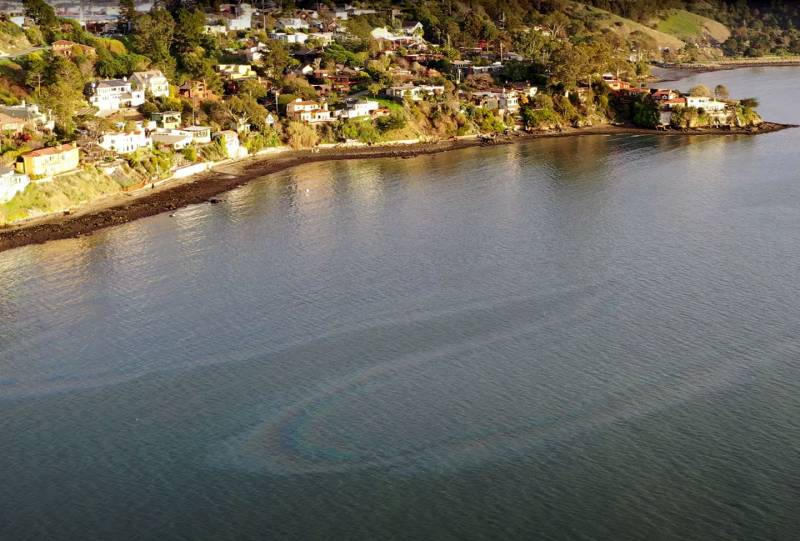A top Richmond city official and a leading local environmental group say that lack of answers is unacceptable.
"It's taking so long," said Richmond Councilmember Claudia Jimenez. "They haven't even come out with any partial information."
Sejal Choksi-Chugh, executive director of San Francisco Baykeeper, says the slow pace in getting answers from Chevron is a tactic that the fossil-fuel industry has long used.
"Time and again, we've seen oil companies stall investigations into spills and limit information sharing so that public pressure will subside and everyone will forget about the incident," Choksi-Chugh said. "Unfortunately for the environment and public health, there's a critical window to learn from mistakes and prevent future oil spills, and sadly that window may be closing."
The Chevron spill led to a health advisory and the closure of a local beach.
Two months later, the Bay Area Air Quality Management District issued a public nuisance notice of violation against the company, which it posted on the agenda for its June board meeting.
District spokesperson Ralph Borrmann said the agency's investigation into the spill is ongoing.
In August, California's Division of Occupational Safety and Health (Cal/OSHA) issued a $315 citation against Chevron for failing to "develop, implement and maintain effective written procedures to ensure the ongoing integrity of process equipment." The company has appealed that penalty.
"The initial $315 citation is nonsense, just pennies to the multibillion-dollar corporation that doesn't mind paying to pollute," Choksi-Chugh said.
Among the multiple entities looking into the cause of the spill, only the U.S. Coast Guard has completed its investigation. The agency issued a notice of violation to a "responsible party," according to Coast Guard representative Lt. Stephanie Cardenas, who declined to provide more details on the agency's work.
Chevron has filed six follow-up reports with the county's hazardous materials program and none has offered any new insight into the cause of the pipeline break. The latest report, sent Aug. 12, says "it remains unclear" when the investigation will be completed.
Initially, Contra Costa County officials said they would hire a contractor to do an independent investigation of the spill. But they changed course months later, deciding to have the contractor review Chevron's probe of the incident along with the investigations conducted by state and federal agencies.
That change did not go over well with Councilmember Jimenez.
"We don't need a peer review. We need another set of eyes to give us the conclusions," she said. "It doesn't really seem independent. It doesn't build trust with the community."
County health officials have said that the best time to do an investigation is immediately after an incident.
"Since the process to hire a third-party consultant takes time, a good incident investigation is compromised," said Randy Sawyer, the county's deputy director of health services. "This is why it was decided to review the investigation done by Chevron [to] determine the accuracy of their investigation."

